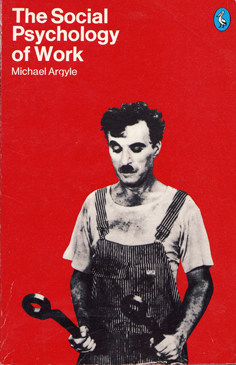The media on 11 March 2010 was reporting the discovery of a the body of a hotel worker in a beer cellar of a Victorian hotel. WorkSafe Victoria is investigating the possibility of carbon dioxide.
As with so many cases of confined spaces, a second man was lucky to be alive after venturing into the cellar to check on the hotel worker. The police report suggested that the second man was making a delivery to the hotel.
At such an early stage in the investigation and with so little detail,it is hard to say more than what WorkSafe’s Stan Krpan said in a media release this afternoon:
“With or without a gas leak or chemical exposure, limited means of entry and exit, poor air circulation, and working in confined spaces, is risky. Continue reading “Gas, lungs, ladders, fruit picking and concrete pumping – latest workplace incidents”

 In February 2010, the New York Times ran an
In February 2010, the New York Times ran an